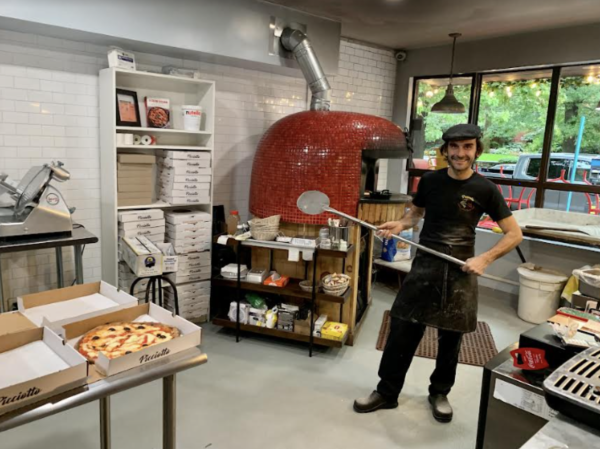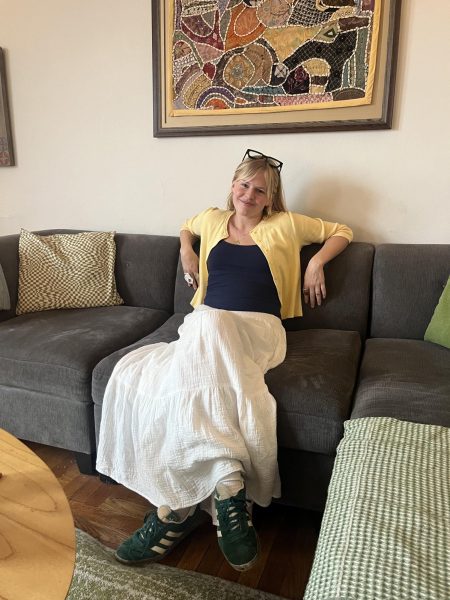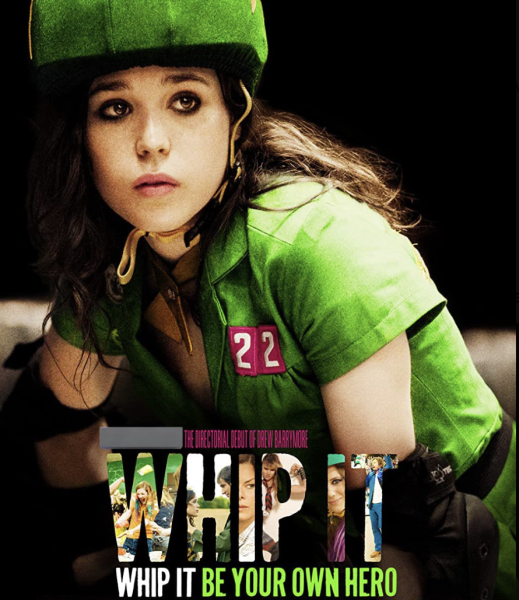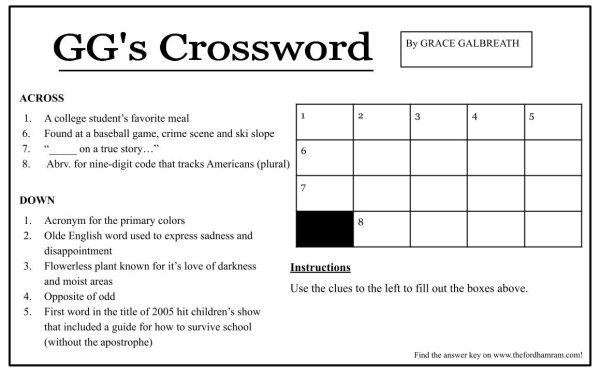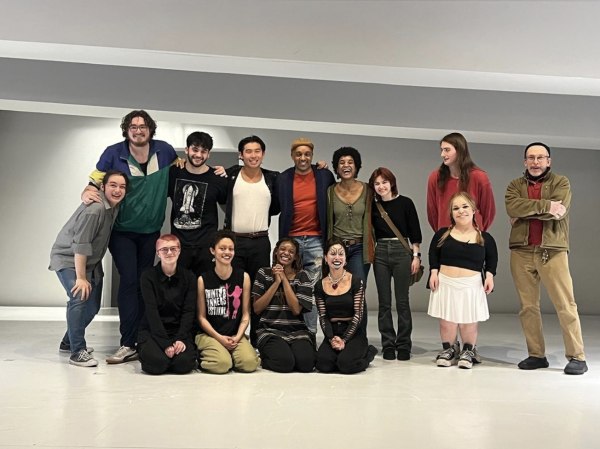The Day My Earth Stood Still

Michael Murphy describes his diagnosis of diabetes. (Michael Murphy for the Fordham Ram/Graphic by Kieran Press-Reynolds)
My mother phoned me at around 2 p.m. to remind me that I had a routine check-up in a couple of hours. I had forgotten about it; my best friend and I were in the middle of walking his little sister home from her first day of school.
In my 14-year-old mind, going to the doctor or the dentist was second fiddle to pretty much anything else. I knew, though, that it was a necessary evil. I was starting my first day of high school the next day, and I needed a medical form filled out. I also figured it wouldn’t take too long, an hour at most if there were a lot of people. Then, I could go home and prepare myself for the next day.
My mom and I arrived a little past 4 p.m. It didn’t take long before they brought me in to take all of the necessary samples for the tests. This went by quickly. I sat on an examination bed covered in a thin roll of waxy paper waiting for the doctor to check me up and let me go home. I was eager to continue daydreaming about tomorrow. The doctor burst into the room with a scowl on his face, but I wasn’t worried. I’d known him my whole life. That scowl was just his face.
I was wrong about that. He looked straight into my eyes through his one-inch thick glasses and scrunched his curly gray eyebrows. The next three words out of his mouth broke my entire world. “You have diabetes,” he said hastily. “You have to go to the hospital.”
I slid myself off the bed in shock, knocking over a half-drunk bottle of water that shattered on the floor. I wanted to apologize for the mess I made, but my mind was too overwhelmed. The doctor explained to me that I had a blood sugar over 600, which doesn’t happen to people who don’t have type 1 diabetes.
I headed to the hospital. That car ride might have been the longest 20 minutes of my life. My mom tried to tell me all sorts of comforting things. I’m sure they were comforting, I just wasn’t listening. I was very quiet. I had no idea what was going to happen when I arrived.
The doctor called ahead, and, before I could begin to take in my surroundings, blood was being drawn from my arm. “There’s no way I have diabetes, right?” I asked the nurse as she was leaving to take blood tests. “Couldn’t it be a false alarm?”
“It could be,” she replied hopefully, unsuccessfully hiding her insincerity.
At this point it was 7 or 8 pm. At least four or five different doctors and nurses circulated in and out of my room, performing many additional tests to make sure they were correct about what I had. Somewhere in the middle of all of this confusion, and my entire life being turned on its head, I was asked if I wanted to watch a movie while waiting.
The movie I chose was “The Day the Earth Stood Still,” easily one of the best alien invasion movies ever filmed. It felt fitting, considering that I was feeling like an alien in my own body. Unfortunately, once the movie started, I realized it was the 2008 remake with Keanu Reeves. As much as we all love Keanu, this definitely didn’t help my state of mind.
Finally at midnight, one last doctor came in to confirm what I’d been dreading for the last eight hours: I did in fact have type 1 diabetes, and it isn’t something you can get rid of. I genuinely had no idea what was going to happen. I had even forgotten about the start of school the next day, and how this was going to affect everything that I had planned. I could see myself going to bed that night dreading what was to come, instead of embracing it.
But then the doctor said something that would become immensely important to me. “This is a part of your life now, but that means you can live with it.”
That was all I needed.

